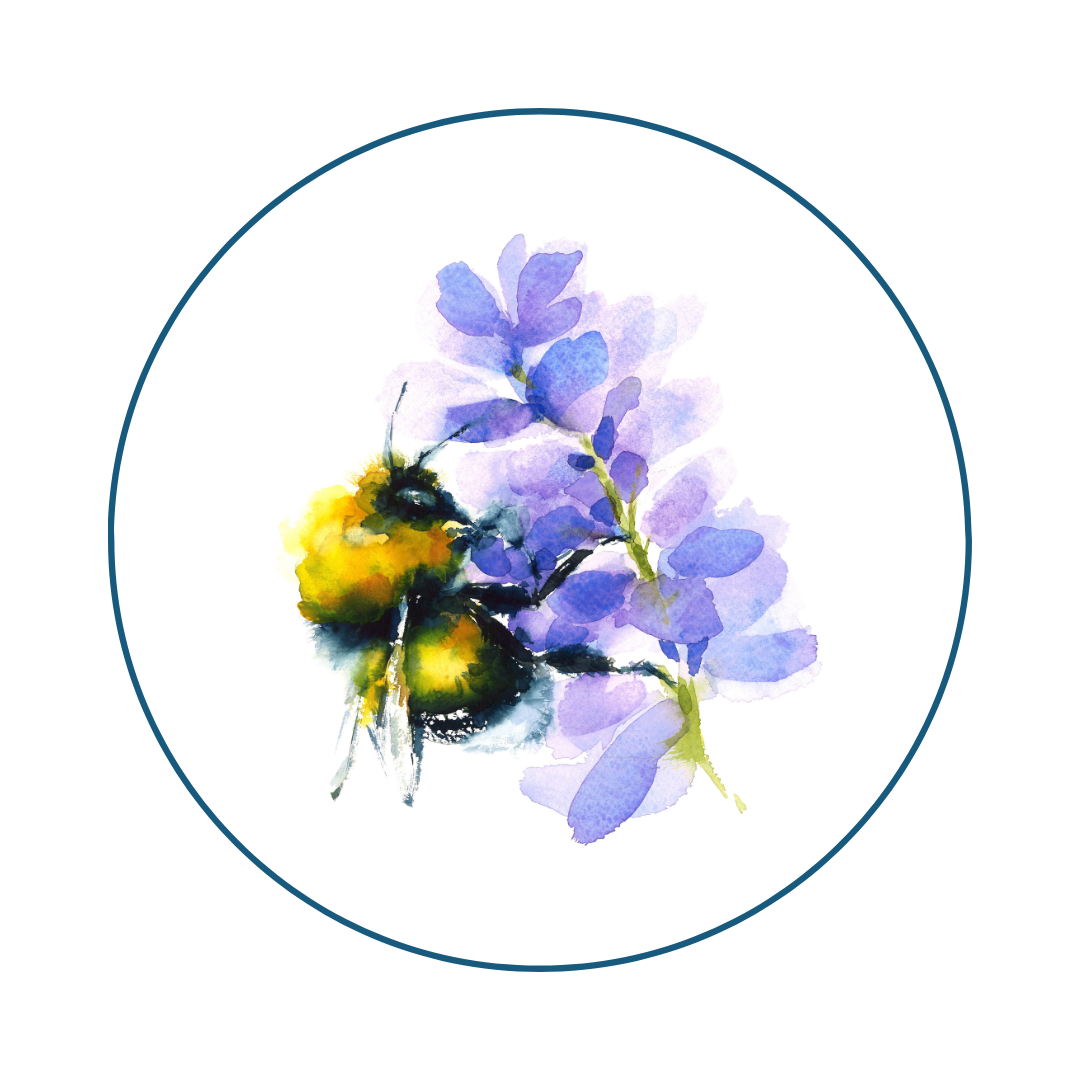Even Winnie-the-Pooh knows that the only real reason for being a bee is to make honey! Honey has impressive properties. It tastes better than refined sugar on toast, has a lower glycemic index, and helps the body build allergy resistance to local pollens and hay fever. It can support healthy cholesterol and triglycerides levels. It has antioxidant, antifungal, and antibacterial properties. It promotes the natural recovery of wounds and burns. Last but not least, it is just perfect if you are feeling a little eleven o'clockish, and need a little smackerel of something.
But are you aware of all the other great things bees do? Of course, you know they pollinate flowers—that goes without saying. But they also haul pollen back to the hive, where it is stored and fermented to make “bee bread,” which feeds the colony. Beekeepers can arrange to collect some of that pollen as the bees land, forming crunchy pellets that can be consumed as a dietary supplement, either in powder form or in capsules. Bee pollen is anti-inflammatory, full of antioxidants, great for the immune system and liver, and reduces stress and fatigue.
Beeswax is used by bees to store honey and for brood cells to incubate young bees. Beeswax burns cleaner, brighter, and with a more pleasant fragrance than tallow, so it was a premium candle source throughout history. Today, beeswax is also popular in lip balms, skin creams, polish, and conditioners, to name just a few. Oh, and candle makers still love beeswax as well!
Propolis is a sticky, greenish-brown compound that bees use as a protective coating for their hives. Bees make propolis from the sap of evergreen trees, but like honey and pollen, it has many regional variations. It has been shown to have healthy properties for wounds, inflammation, and cold sores. It is even being studied for other exciting advancements in healthcare!
Royal jelly is a substance created by nurse bees and used to feed young bees and the queen. In fact, queen bee larvae grow up in specialized queen cells filled with royal jelly, which causes them to grow into queens instead of the usual worker bees. It does not seem to have the same effect on people! However, royal jelly does have many nutrients and antioxidants, as well as properties useful for wounds, blood pressure, brain function, aging, immune function, PMS, menopause, and more.
Did you know that bees temperature control their hives? In the winter, they close off extra entrances to make them more defensible and keep down drafts. The bees' motion inside the hive keeps it substantially warmer than the air outside. In the summertime, the sun beating on a beehive can make it too warm inside. So bees will line up at the entrance, beating their wings to force more cooling air into the hive and keep the temperature down. Pretty smart for insects, aren't they? Of course, the colony is run entirely by females, so maybe that explains it.
Even angry bees can help you feel better. Bee venom contains a variety of compounds that have been used in traditional medicine for relieving pain, including arthritis. It sounds strange, but people catch some bees and hold them against their skin on the affected joint, forcing a sting! Compounds in bee venom have recently been shown to have multiple health properties that may aid the immune system.
Remember that old wives’ tale that bees die after they sting you? Well, the old wives were right, they do! Unlike a wasp stinger, a bee stinger is barbed, so it can't easily be pulled out of your skin. In fact, the venom sac usually ruptures the bee's abdomen, killing the bee as it is brushed from the angered victim's skin. So we recommend that you leave those hard-working bees alone, and find other ways to soothe your sore joints. For those who are tempted by bee venom, stinging nettle quickly comes to mind as an alternative!
Finally, we recommend that you do all you can to help our bee friends. After all, they pollinate a third of our food supply, so we should do all we can do to return the favor—that's just good karma! Host a beehive if you can. Make sure there is a water source near the hive—you may not think about bees getting thirsty, but they do! Learn about bumblebees, mason bees, solitary bees, and other pollinators, too. Our European honeybees (Apis mellifera) are not native, after all.




Leave a comment
All comments are moderated before being published.
This site is protected by hCaptcha and the hCaptcha Privacy Policy and Terms of Service apply.